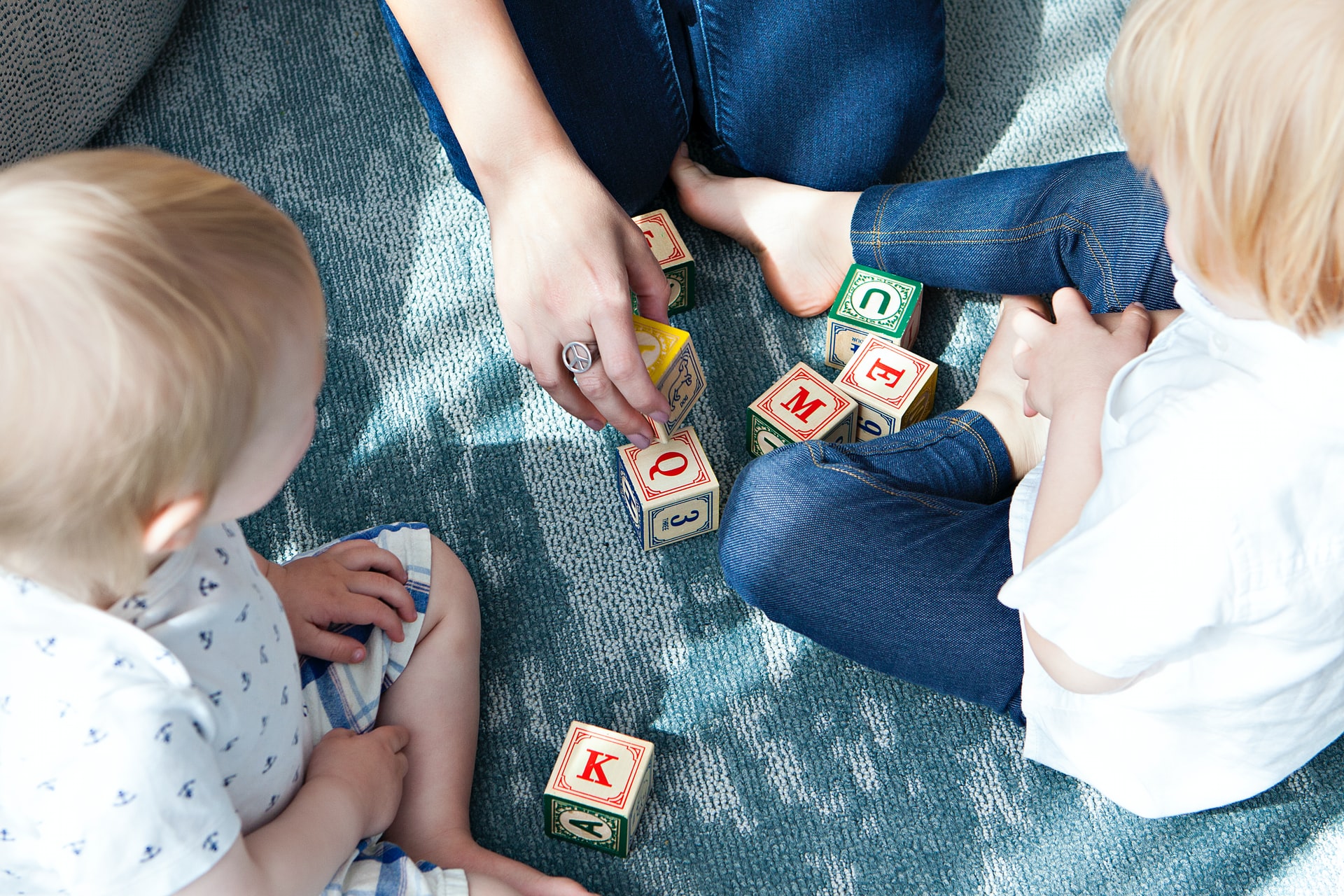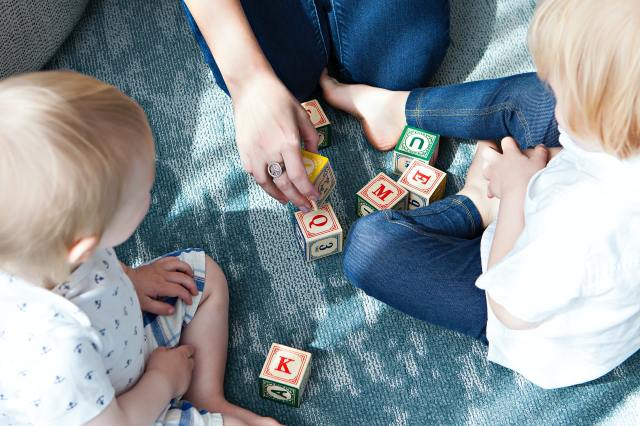
It may feel like you’re stuck at home, but that doesn’t mean it has to be boring. Not only is it possible to help your child’s brain grow during their time away from school, but you can do it with enough variety in topics to keep the whole family entertained. Whether you’re looking for STEM activities, art projects, or reading, we’ve got you covered. Make the most of your kids’ time inside with fun learning opportunities for kids of any age that keep the fun going all year long!
1. Teach Them to Teach Themselves. If you have a young baby or toddler, it may be more difficult to hold their attention and teach them something that will benefit them. Using simple toys and activities, such as Montessori-based activities and toys, can both keep them engaged and help them develop some of the skills they’ll need as they get older. Montessori toys are all about hands-on play and real-life skills. Not only will it help them gain better motor and social skills, but they’ll build better confidence, too.
2. Read Together. Reading with your child is undeniably one of the best things that you can do for them in terms of development. It helps build concentration, improves vocabulary, and gives the two of you a fun way to bond. Better yet, encourage them to read to you. Even if your child isn’t quite ready to read full words or sentences yet, they can still benefit from listening to you and describing what they see in the pictures.
3. Science Experiments. Bring out your child’s inner scientist with these cool science experiments. Make your own sundial, create a DIY lava lamp, and even try your hand at an edible water bottle. These think-outside-the-box ideas go beyond your typical baking soda volcano.
4. DIY Puzzles. If you’ve been foregoing trips to the store and ordering online instead, the chances that you have spare cardboard laying around are pretty high. Give your boxes new life by turning them into a puzzle. Let your child help choose an image for the puzzle. It can be a family photo, a pet, or any other printable you can find online, then glue it on top of the cardboard. Next, print off a puzzle stencil and use an X-Acto knife to cut the shapes out. You’ll be on your way to solving it in no time!
5. Stargaze. Learning doesn’t stop when the sun goes down. Take to the stars and teach your child about the world of astronomy. Who knows, you might even discover a few new constellations yourself!
6. Treasure Hunt. Stay busy and sneak in some exercise, too! Plan the perfect backyard route and leave fun surprises along the way. You can even step it up a notch by including brain teasers or math problems as part of the “treasure spots.”
7. Make a Memory Game. Get 3 benefits in one with a fun twist on classic memory cards. Start by letting your child help create the memory cards. Be sure to help them with the cutting, then allow them to decorate as they please and even choose a few of the words, too. Once they’re finished, lay them out and start flipping to test their memory.
8. Binary Jewelry. In today’s world, it’s never too early to teach your kids to code. Why not start young with some simple intro-level binary? This fun and crafty necklace idea only need beads and a string.
9. Botany. Learning about plants is fun for children of any age. Stick to common names for younger children but teach your older children about scientific names and even their different classifications. Between the diverse types of grass, flowers, and trees, you’re sure to be busy for the rest of the afternoon.
10. Make Math Fun. Let’s face it: worksheets and flashcards can get old. Try math bingo instead. Depending on your child’s age, you can use whole numbers, simple addition, or even work your way to up multiplication. You can find math bingo activities on various app stores, in the form of a printable worksheet, or even make one yourself.
11. Sensory Play. Skin-to-skin contact is important for babies, but as they grow older, varying textures is just as critical when it comes to sensory stimulation. Introduce your baby to all sorts of textures with household items like sponges, felt, carpet, and even hairbrushes.
12. Learn a Language. There are many benefits to a child being bilingual. It can help them feel more connected to the world around them and help them develop a stronger sense of empathy. Someday, it may even give them the upper hand when it comes to getting a job. And it’s best to start young. In fact, your child can start benefiting from learning a second language before they are even a year old. There are many fun ways to start building language skills. Try a bilingual TV show, a YouTube video series, or even a language-learning app. Have fun with it!
13. Music. Just like learning a new language, children have an easier time when it comes to learning new musical skills. Even if you don’t play an instrument yourself (or have the time to teach one), there are still plenty of remote options when it comes to learning instruments. You can even start slow and let your child start by learning how to read notes on sheet music.
14. A Twist on Twister. The game of Twister is a timeless classic. Revamp this family favorite by giving it a fun educational spin. You can use it to teach colors or use basic post-it notes to turn the simple circles into letters, numbers, or math problems.
15. Create a Rainstorm. Yes, you read that right. It’s easy to make your own weather system! All you need is food coloring and some shaving cream. Your child will get to learn about earth science, lab technique, and meteorology, all at the same time.











